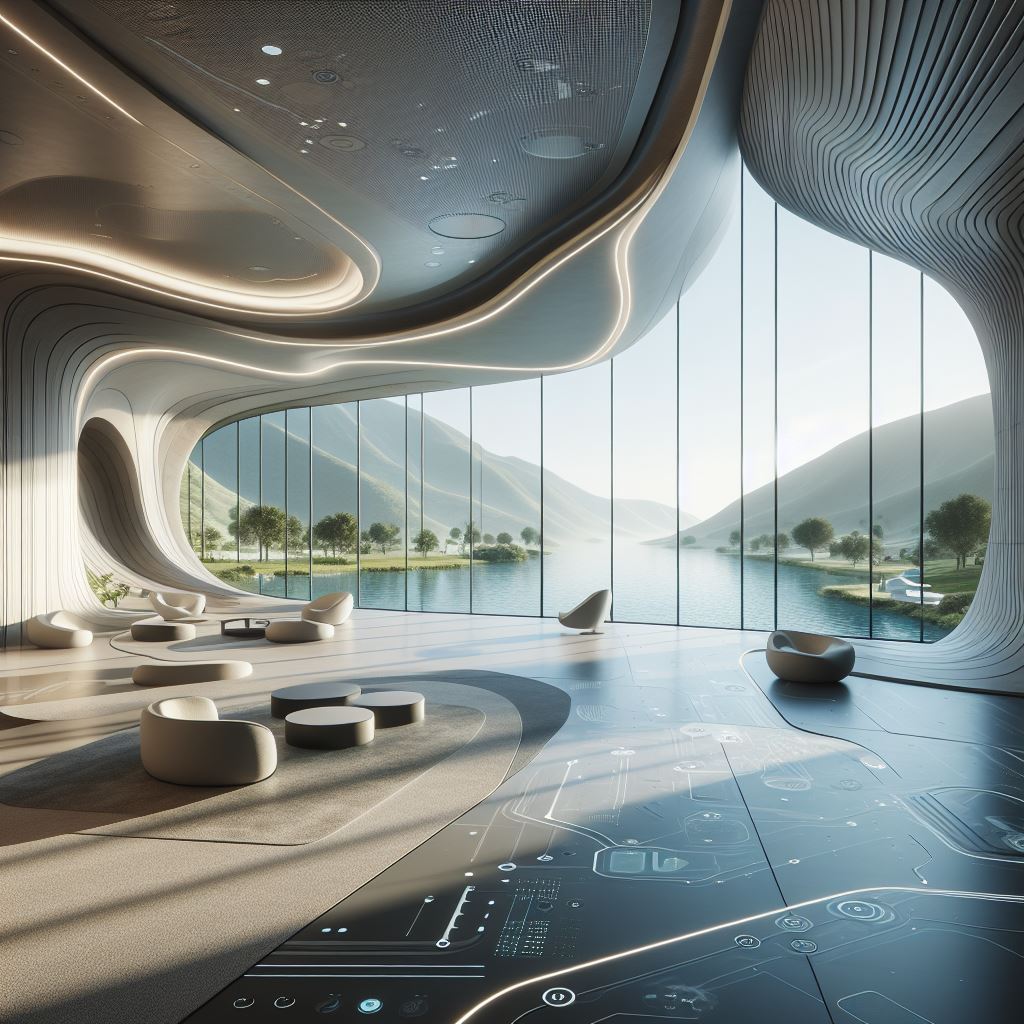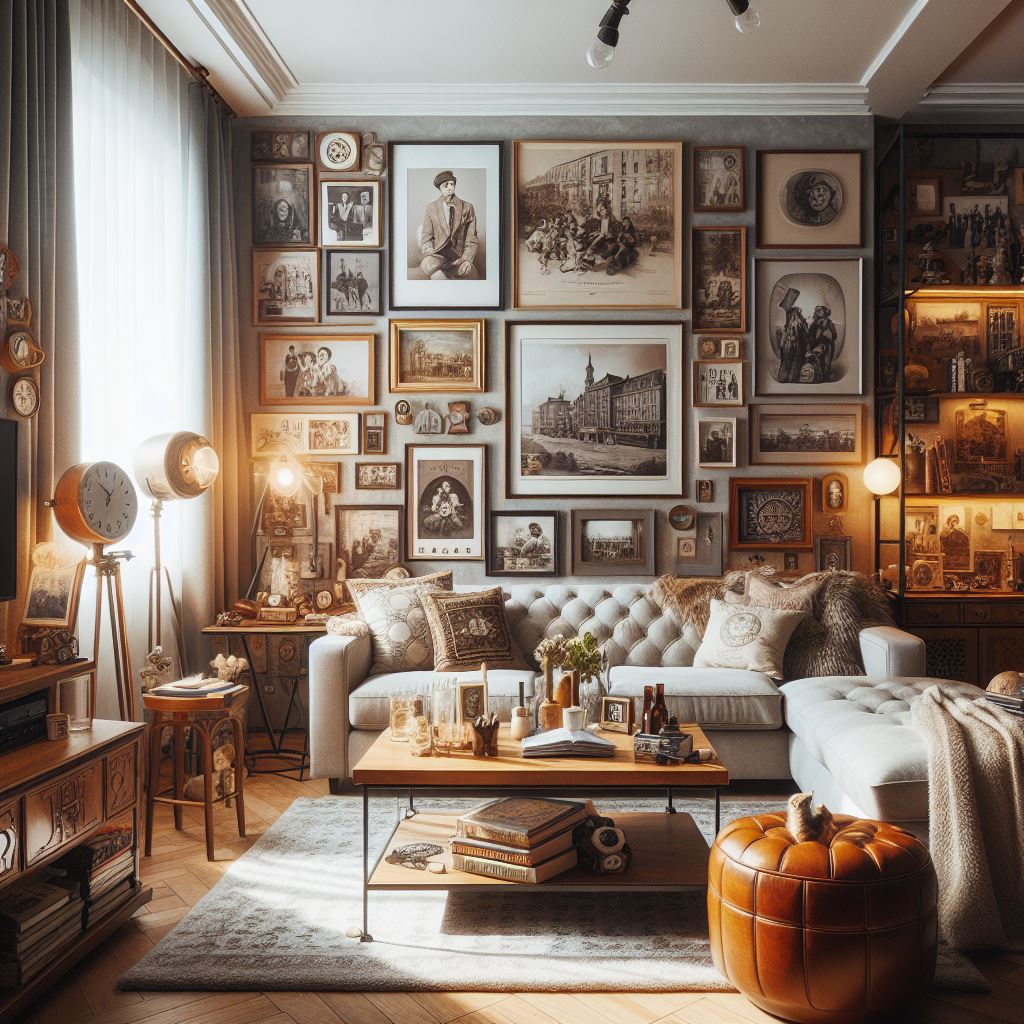Understanding Spatial Harmony
Spatial harmony refers to the artful arrangement of elements within a space to create a sense of balance, proportion, and cohesion. It involves careful consideration of factors such as furniture placement, color palette, lighting design, and scale to ensure that every element contributes to the overall harmony of the space. By achieving spatial harmony, designers can create environments that feel inviting, comfortable, and harmonious to the senses.
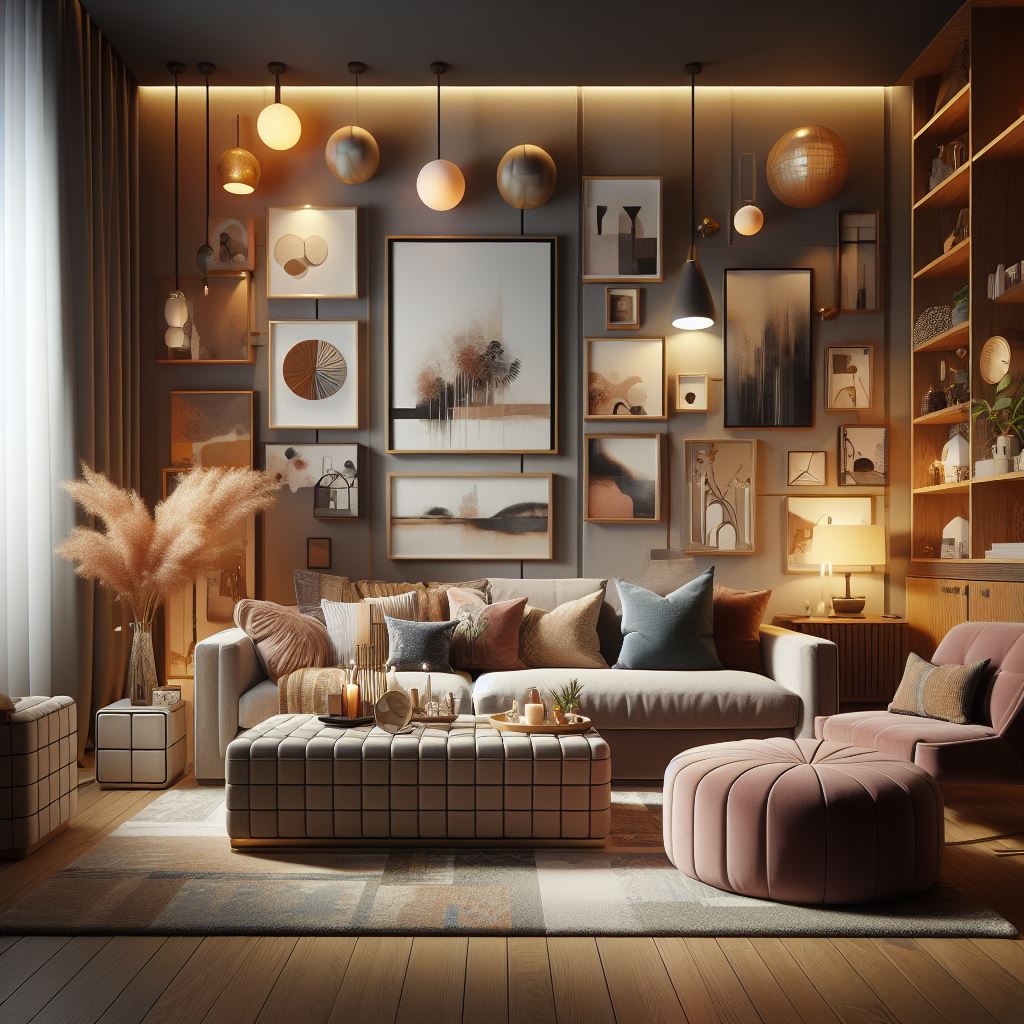
The Role of Furniture Arrangement
One of the key elements in creating spatial harmony is the arrangement of furniture within a space. By strategically placing furniture pieces in relation to one another and to architectural features such as windows and doorways, designers can optimize flow and functionality. Creating focal points and visual interest through the arrangement of furniture helps to draw the eye and create a sense of balance within the space.
Utilizing Color and Texture
Color and texture play a crucial role in enhancing spatial harmony within a space. By carefully selecting a cohesive color palette and incorporating a variety of textures, designers can create depth and dimension within the environment. Warm, inviting colors can create a sense of intimacy, while contrasting textures add visual interest and tactile appeal.

Incorporating Lighting Design
Lighting design is another important aspect of creating spatial harmony within a space. By balancing natural and artificial light sources and layering different types of lighting, designers can enhance the ambiance and functionality of a space. Well-placed lighting highlights architectural features, creates focal points, and contributes to the overall harmony of the environment.
Maximizing Space in Small Areas
In smaller spaces, maximizing space and creating a sense of openness can be challenging. However, by employing clever storage solutions, multifunctional furniture, and strategic furniture placement, designers can make the most of limited square footage. Creating visual continuity and avoiding clutter are essential for maintaining spatial harmony in compact spaces.
Case Studies: Successful Examples of Spatial Harmony
Examining real-life examples of well-balanced interior arrangements provides valuable insights into the principles of spatial harmony. From cozy studio apartments to sprawling family homes, these case studies showcase the transformative power of thoughtful design and strategic arrangement techniques. By studying these examples, designers can glean inspiration and apply similar principles to their own projects.
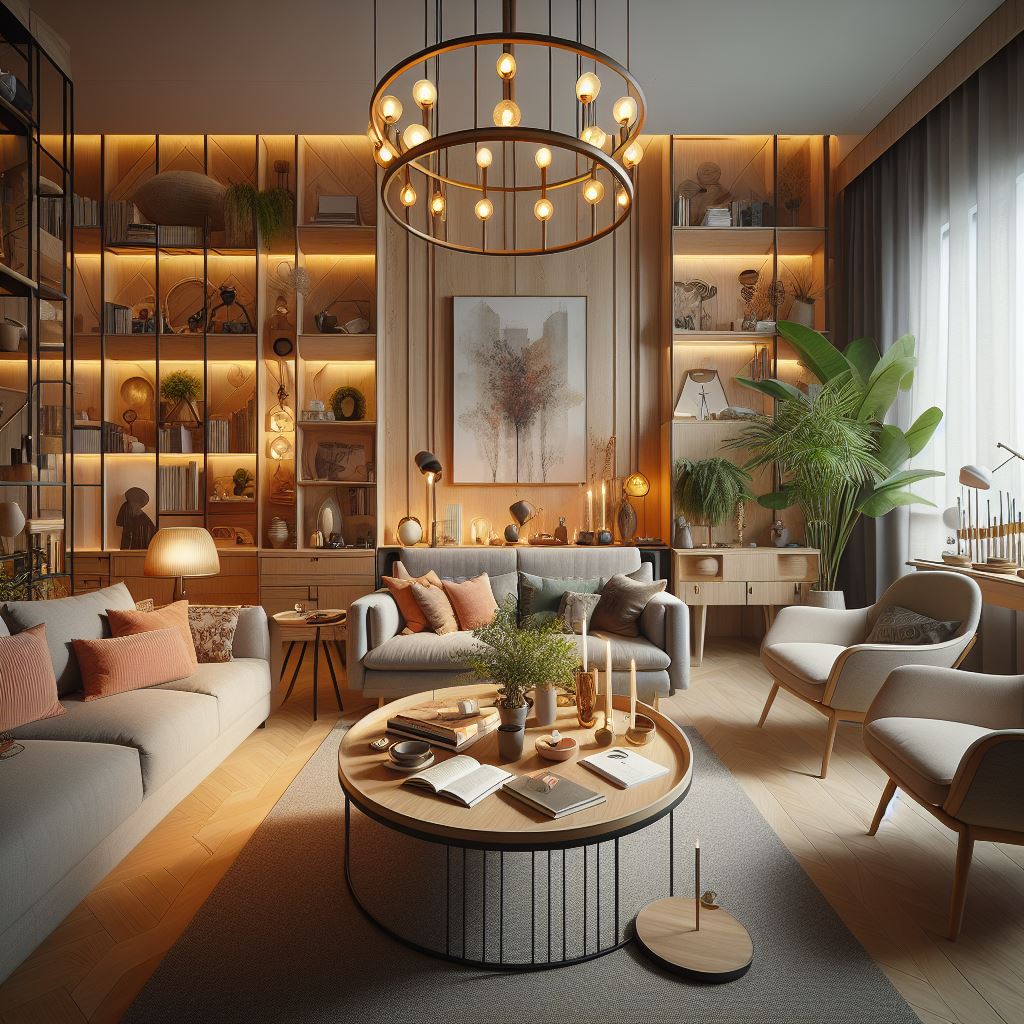
Creating Harmony in Open Floor Plans
Open-concept spaces present unique challenges when it comes to achieving spatial harmony. Zoning techniques, such as the use of area rugs and furniture groupings, can help delineate different functional areas within the space. Maintaining a sense of flow and cohesion throughout the open floor plan is essential for creating a harmonious and inviting environment.
The Role of Scale and Proportion
Scale and proportion are fundamental principles of interior design that directly impact spatial harmony. Oversized furniture can overwhelm a space, while undersized pieces can make it feel cramped and cluttered. By carefully selecting furniture and accessories that are proportionate to the size of the room, designers can create a sense of balance and harmony that enhances the overall aesthetic.
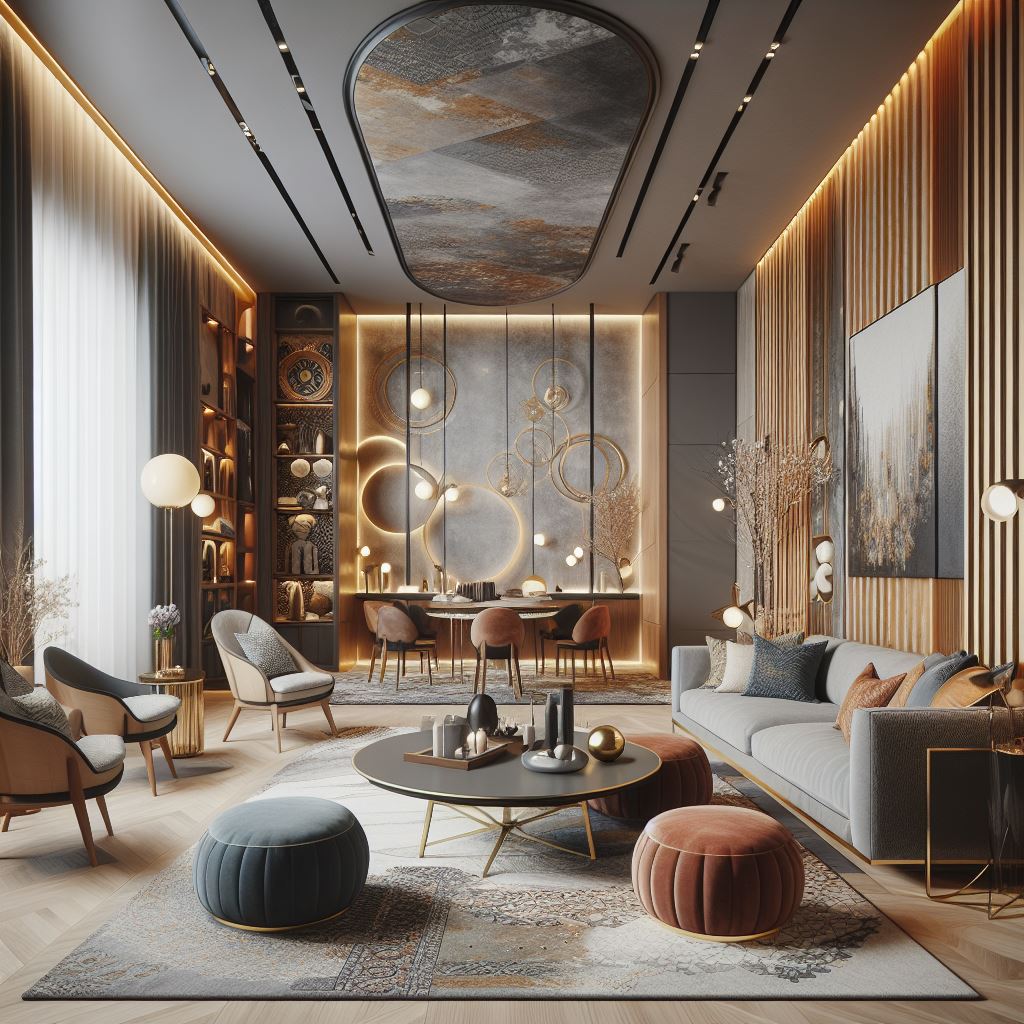
Incorporating Natural Elements
Bringing natural elements into the interior space can further enhance spatial harmony and create a connection to the outdoors. Incorporating plants, water features, and natural materials such as wood and stone adds a sense of warmth, tranquility, and vitality to the environment. By blurring the boundaries between indoor and outdoor spaces, designers can create environments that feel harmonious and inviting.
Spatial Harmony in Different Design Styles
The principles of spatial harmony can be applied to a variety of design styles, from modern minimalism to traditional elegance. Balancing clean lines and simplicity with warmth and texture is key to creating a harmonious environment that reflects the desired aesthetic. Whether designing a sleek urban loft or a cozy countryside cottage, prioritizing spatial harmony ensures that every element works together to create a cohesive and inviting space.
Future Trends in Spatial Harmony
As the field of interior design continues to evolve, so too do trends in spatial arrangement techniques. Emerging trends such as biophilic design, which incorporates elements of nature into the built environment, and minimalist aesthetics that prioritize simplicity and functionality are likely to influence the future of spatial harmony. By staying informed and adaptable, designers can continue to create environments that prioritize balance, proportion, and harmony.
Conclusion
In conclusion, spatial harmony is a fundamental principle of interior design that underpins the creation of environments that are both visually appealing and functionally efficient. By understanding the principles of balance, proportion, and cohesion, designers can create spaces that feel harmonious, inviting, and comfortable to inhabit. Whether designing a small apartment or a sprawling family home, prioritizing spatial harmony ensures that every element works together to create a cohesive and harmonious environment that enhances the overall quality of life.
FAQs (Frequently Asked Questions)
- How can I create spatial harmony in a room with an awkward layout? In rooms with challenging layouts, focus on creating a sense of balance and flow through strategic furniture placement and the use of zoning techniques. Experiment with different arrangements until you find one that optimizes the available space and enhances functionality.
- What are some common mistakes to avoid when trying to achieve spatial harmony? Common mistakes include overcrowding a space with too much furniture, neglecting to consider traffic flow, and failing to balance different elements such as color, texture, and scale. Be mindful of these pitfalls and strive for simplicity, balance, and coherence in your design approach.
- How can I incorporate spatial harmony into my existing home decor? Start by assessing the layout and flow of your space and identifying areas where improvements can be made. Experiment with rearranging furniture, updating color schemes, and incorporating natural elements to enhance spatial harmony and create a more harmonious and inviting environment.
- What role does symmetry play in achieving spatial harmony? Symmetry can be a powerful tool for creating balance and order within a space. However, asymmetrical arrangements can also be effective in creating visual interest and dynamism. Experiment with both symmetrical and asymmetrical compositions to find the right balance for your space.
- How can I stay updated on the latest trends and developments in spatial harmony? Keep abreast of industry publications, attend design seminars and workshops, and engage with online communities of designers and design enthusiasts. Follow influential designers and thought leaders on social media platforms for insights and inspiration on the latest trends and developments in spatial harmony.
